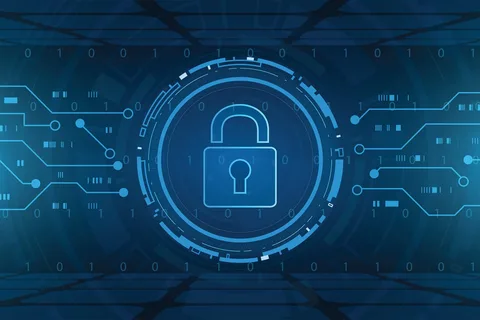Introduction
The world of finance has witnessed a seismic shift in recent years with the rise of financial technology, or fintech, companies. These innovative startups and established institutions have transformed the way we manage our money, invest, and make transactions. However, with this digital revolution comes a pressing concern: fintech cybersecurity. As these financial services become more integrated with our daily lives, safeguarding our financial data and transactions is paramount. In this article, we will explore the challenges and strategies of fintech cybersecurity.
The Fintech Landscape
Fintech encompasses a wide range of services, from mobile payment apps and peer-to-peer lending platforms to robo-advisors and blockchain-based cryptocurrencies. These services offer convenience, accessibility, and often cost savings. However, they also create attractive targets for cybercriminals who seek to exploit vulnerabilities in these digital ecosystems.
Challenges in Fintech Cybersecurity
Data Breaches: Fintech companies handle vast amounts of sensitive personal and financial data. A single data breach can have severe consequences, including identity theft and financial loss.
Sophisticated Cyberattacks: Cybercriminals are becoming more sophisticated, using advanced techniques to infiltrate fintech systems. Phishing attacks, ransomware, and malware are just a few examples.
Compliance and Regulation: Fintech companies must adhere to stringent financial regulations, such as Know Your Customer (KYC) and Anti-Money Laundering (AML) rules. Non-compliance can result in hefty fines.
Third-party Risks: Fintech firms often rely on third-party service providers for various functions, which can introduce security vulnerabilities.
Inadequate User Education: Users are also potential weak links in the security chain. Many individuals may not be aware of best practices for securing their financial accounts.
Strategies for Fintech Cybersecurity
Multi-factor Authentication (MFA): Fintech companies should implement MFA to add an extra layer of security. This typically involves something the user knows (password), something the user has (smartphone or security token), and something the user has (biometric data).
Encryption: Data in transit and at rest should be encrypted to protect it from unauthorised access.
Regular Security Audits: Conduct regular security audits and penetration testing to identify vulnerabilities and address them promptly.
User Education: Fintech companies should invest in educating their users about security best practices, such as recognizing phishing attempts and safeguarding their login credentials.
Compliance with Regulations: Ensure full compliance with financial regulations to avoid legal and financial repercussions.
Cyber Insurance: Consider investing in cyber insurance to mitigate the financial impact of a cyberattack.
Collaboration with Cybersecurity Experts: Collaborate with cybersecurity experts and organisations to stay updated on emerging threats and best practices.
Continuous Monitoring: Implement real-time monitoring systems to detect and respond to security threats as they happen.
Conclusion
Fintech has revolutionised the finance industry, offering numerous benefits to consumers. However, the adoption of fintech services must go hand in hand with robust cybersecurity measures. The financial industry’s future hinges on the ability to protect sensitive data and maintain the trust of users. Fintech companies must continually adapt, innovate, and invest in cybersecurity to ensure the industry’s long-term success in this increasingly digital world. By adopting best practices and staying vigilant, the fintech sector can continue to thrive while keeping financial assets and personal information safe from cyber threats.








